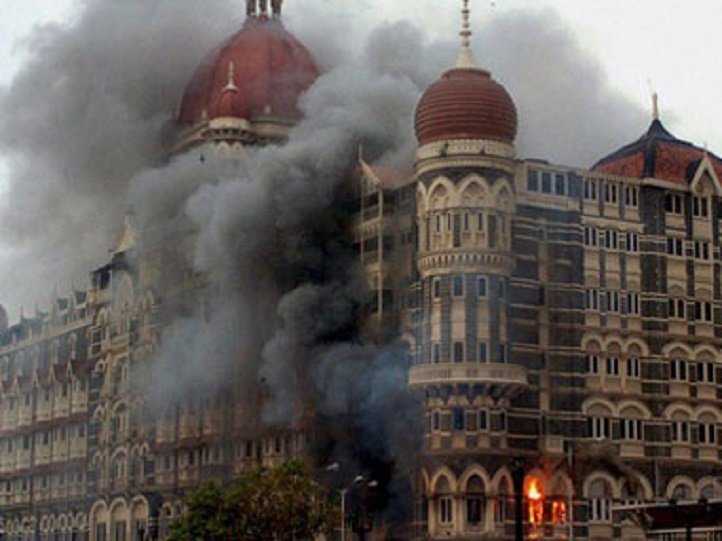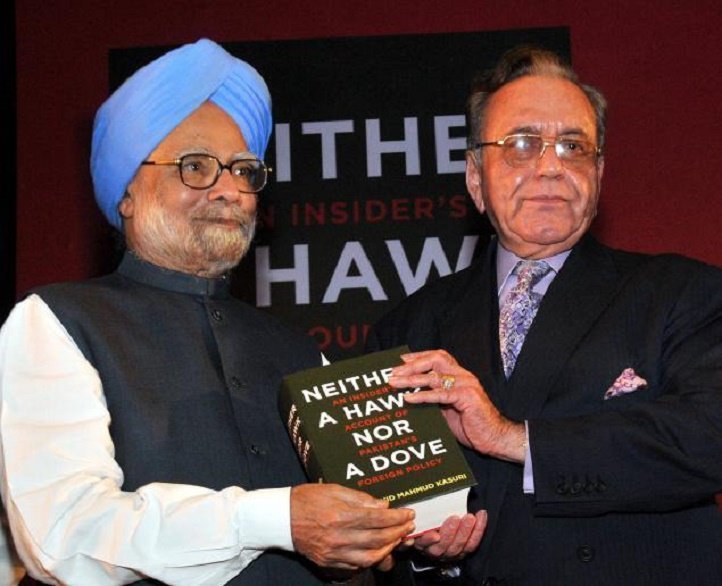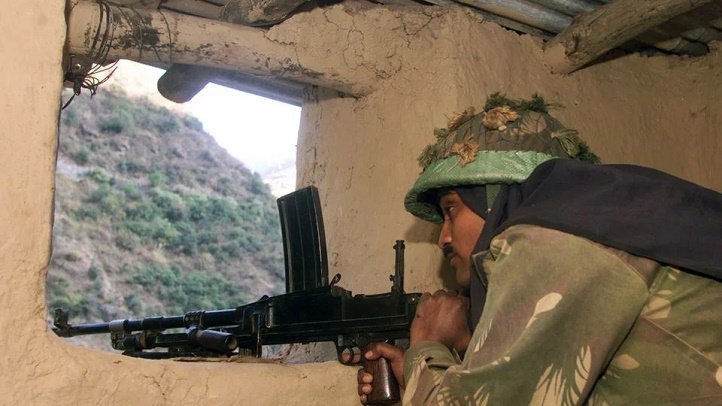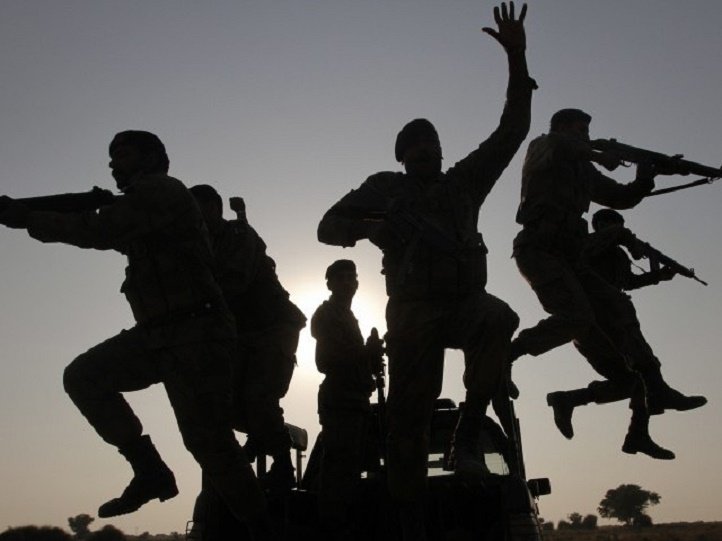When we talk about war, fighting and cross-border terrorism — two neighbours, India and Pakistan are the best examples. These two countries have fought everywhere be it in the sea or on the land. You can also see them fighting at the world’s highest battlefield – the Siachen glacier.
The terrible thing is when innocent lives are lost. The Mumbai attacks in 2008 were a dastardly act that forced a closure of all the ties between India and Pakistan. But India didn’t retaliate instantly — there was no revenge attack.

But former Pakistani foreign minister Khurshid Mahmud Kasuri in his recently released book ‘ Neither A Hawk Nor A Dove’ says that India had planned for the retaliation and here’s what happened according to him.
On December 2, 2008, India’s military, political and intelligence leadership went into a huddle in then prime minister Manmohan Singh’s office in South Block.
They deliberated options that had all the potential to trigger a possible fifth India-Pakistan war as the incident had provoked national outrage. There was immense public pressure on Manmohan Singh to retaliate.
But India chose the diplomatic route, not war.
All the options discussed by the heads of the military and intelligence agencies revolved around punishing the Lashkar-e-Toiba (LeT) outfit – which had masterminded the attack.
The options included special secret missions, covert operations or attacks, strikes by the air force on terrorist training camps.
Kasuri mentions in his book that the options for retaliation that India debated were known to the United States as well. On October 9, the Bush administration had sent senators John McCain, Lindsey Graham and US special representative for Afghanistan Richard Holbrooke to Islamabad sometime after the attacks to judge the public mood there.

“Senator McCain wanted to know from me,” Kasuri writes, and adds, “in view of my experience, both as former foreign minister and as a politician, what the reaction of the Pakistani army and the public at large would be, if there was a limited air raid on Muridke”, the headquarters of the Jamat-ud-Dawah (JUD), the charity front of the LeT and its leader Hafiz Saeed.
Kasuri does not mention the exact date of the meeting, but it could be around the December 5, 2008, when McCain’s two-day visit to Islamabad had begun.
Why the ‘Cold Start’ option was discarded
The 26/11 Mumbai attacks were totally different from March 1993 Mumbai serial blasts and the July 2006 suburban train bombings. The 26/11 was the first attack carried out by Pakistani nationals who hit civilian targets and foreign nationals with calculated brutality.
Just some 48 hours after the attack, the first meeting of India’s security establishment was held in the PMO on November 28. Then prime minister Manmohan Singh asked the intelligence brass for their options to tackle Pakistan. The military option reportedly was still on the table at that point.

Lt General Naidu had said he would rather wait for the army chief to return from South Africa.
The navy also did not have a swift retaliatory option either. Then Navy chief Admiral Sureesh Mehta said his forces were not ready yet and did not have a ‘Cold Start’ doctrine.
Then Air Chief Marshal Fali Homi Major proposed the option that IAF could carry out air strikes on terrorist camps inside PoK. But for the attacks to be successful, he would need the exact coordinates of the terrorist training camps. The intelligence agencies did not have such precise information.

What was the final option?
The final option was for a limited war confined to airstrikes in PoK only. The Indian military would mobilise itself along the international border to ensure Pakistan did not attempt to take the battle beyond PoK. But it also didn’t work because of the following reasons.
Frenzied calls from across the nation had alerted Pakistan and they put its air force on high alert and prepared for anti-aircraft defences . The government was clear that a strike across the international border would escalate matters and would be internationally unacceptable .
Another factor that complicated Indian military response was the presence of the US military on three airbases in Pakistan and in their airspace.
The only option which is still under discussion is punitive strikes. But let’s forget the past and give peace a chance. People want peace not war.

















